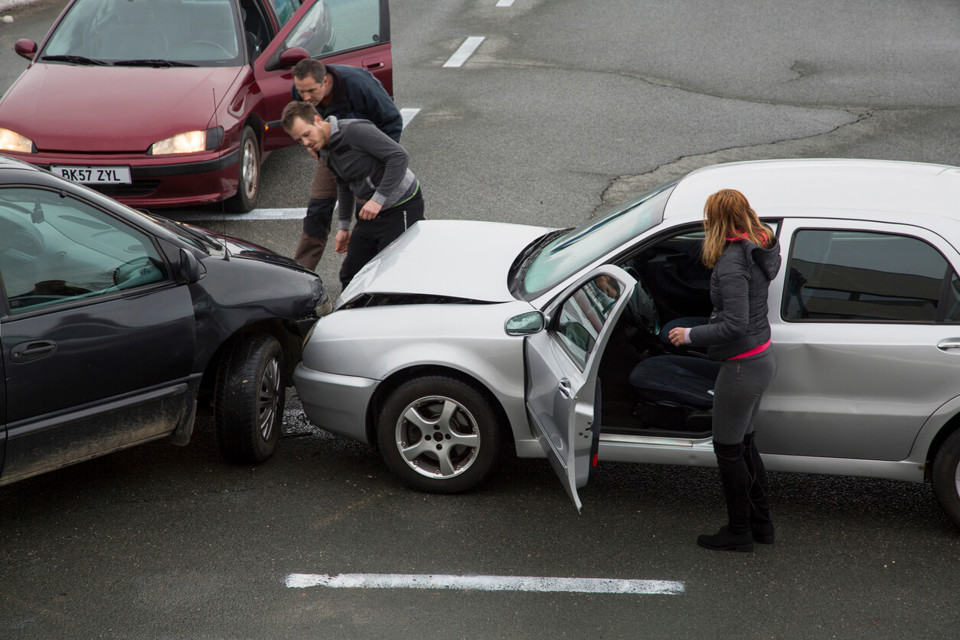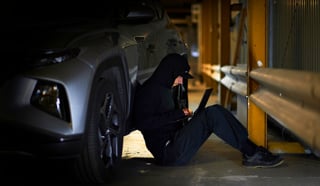New analysis has discovered pedestrian casualties on British roads peak in November each year.
Direct Line Car Insurance and PACTS (an All-Party Parliamentary Group) reviewed monthly road casualty data, from 2010-2014.
The average number of reported serious pedestrian casualties rises from a low of 397 in August to a peak of 565 in November, an increase of 42 per cent.
Pedestrians account for more than a quarter (26 per cent) of serious injuries each November.
Car occupant casualty rates also peak in November, with an average of 832 serious injuries to drivers and their passengers in this month. Reviewing the available casualty statistics from the last five years, there are an average of 2,135 people killed or seriously injured on Britain’s roads in November.
Gus Park, director of motor at Direct Line said: “November is truly a bleak month for road casualties, with pedestrian and car casualties higher than any other point in the year. Road users need to be especially vigilant as the nights get darker earlier following the clocks change. We hope this analysis will spur the authorities to take immediate action, investing in education campaigns highlighting the distinct challenges of navigating the streets in the autumn and winter. The disproportionate number of casualties among young people travelling in cars highlights the urgent need to find new and engaging ways to reach these audiences and warn them of the dangers on the road.”
David Davies, executive director of PACTS added: “The risk to road users is heightened in November as people travel more in periods of darkness. PACTS wants to see our roads and vehicles made safer for all road users so that small errors don’t result in death or life-changing injury. We now have the technology and understanding to do this. We need to get on with it.”
The analysis comes as Direct Line and PACTS publish the latest update of theConstituency Road Safety Dashboard.
This index calculates the casualty rates for residents of each parliamentary constituency in Great Britain relative to the local population.
The analysis reveals residents of Banff and Buchan constituency in North East Scotland have the highest annual casualty rate in Britain. The constituency has a resident casualty rate – for those killed or seriously injured on the roads – 103 per cent higher than the national average.
|
Rank |
Parliamentary Constituency |
Percentage resident KSI casualty rate above the national average |
|
1 |
Banff and Buchan |
103% |
|
2 |
West Aberdeenshire and Kincardine |
79% |
|
=3 |
Bexhill and Battle |
73% |
|
=3 |
Thirsk and Malton |
73% |
|
5 |
Louth and Horncastle |
72% |
|
6 |
Gosport |
68% |
|
=7 |
North East Cambridgeshire |
65% |
|
=7 |
Montgomeryshire |
65% |
|
9 |
Wealden |
64% |
|
10 |
Gordon |
63% |
The constituency of West Aberdeenshire and Kincardine comes second highest in the index for all KSI casualties with a result 60 per cent above the national average.
The higher index areas appear more rural in nature and are more common in Yorkshire and North East England.
These are communities that are likely to be reliant on cars for transportation, but may also have roads that allow drivers to travel at faster speeds on unlit rural roads with bends and greater risk of run-offs or head-on impacts.
|
Rank |
Parliamentary Constituency |
Percentage resident KSI casualty rate below the national average |
|
1 |
Bath |
54% |
|
2 |
Stafford |
45% |
|
3 |
Newcastle-under-Lyme |
44% |
|
=4 |
Harrow West |
41% |
|
=4 |
North Somerset |
41% |
|
=6 |
Kingswood |
40% |
|
=6 |
Stretford and Urmston |
40% |
|
=8 |
Lichfield |
39% |
|
=8 |
East Renfrewshire |
39% |
|
10 |
Cheadle |
38% |





















Login to comment
Comments
No comments have been made yet.